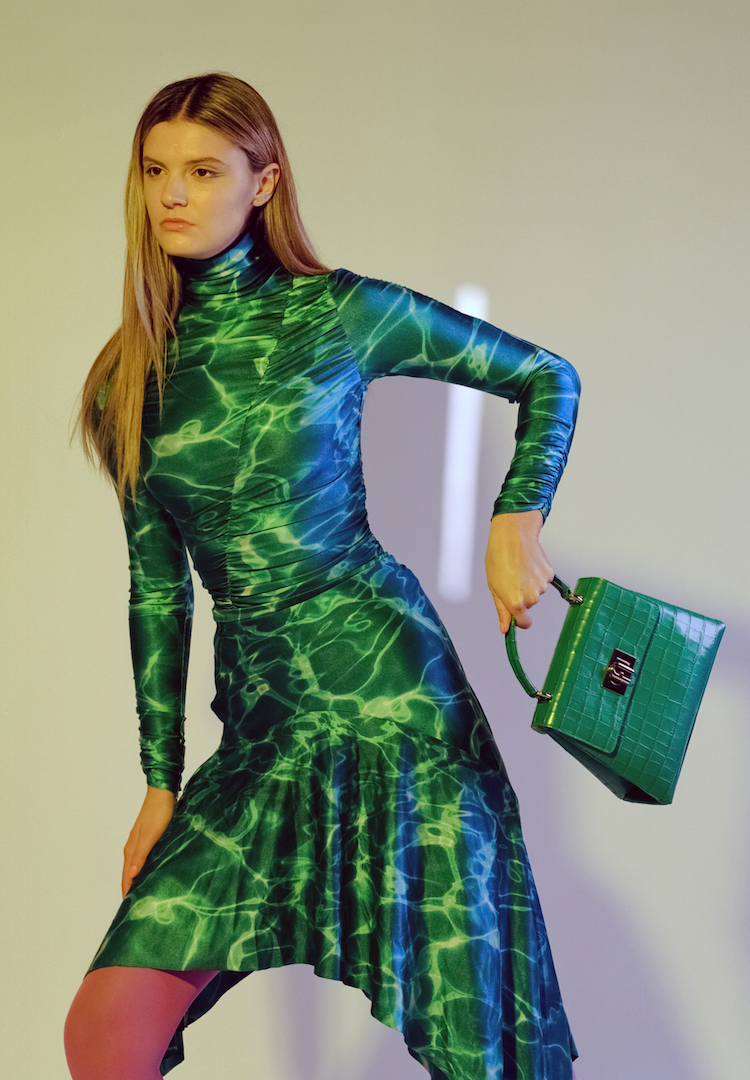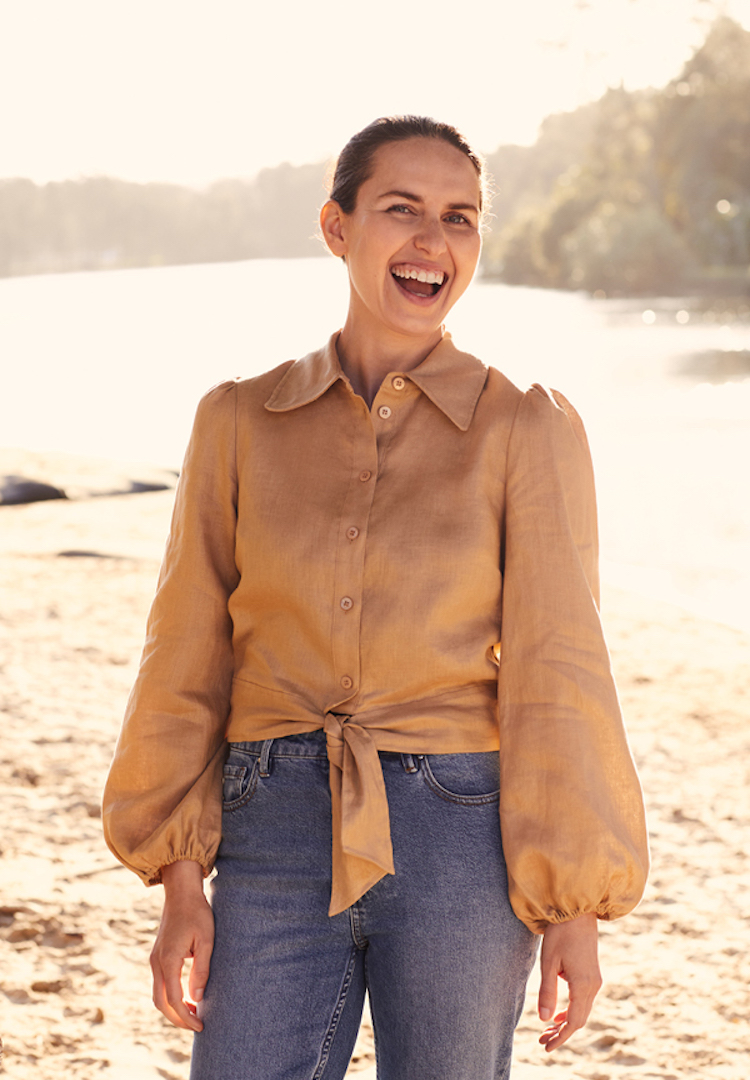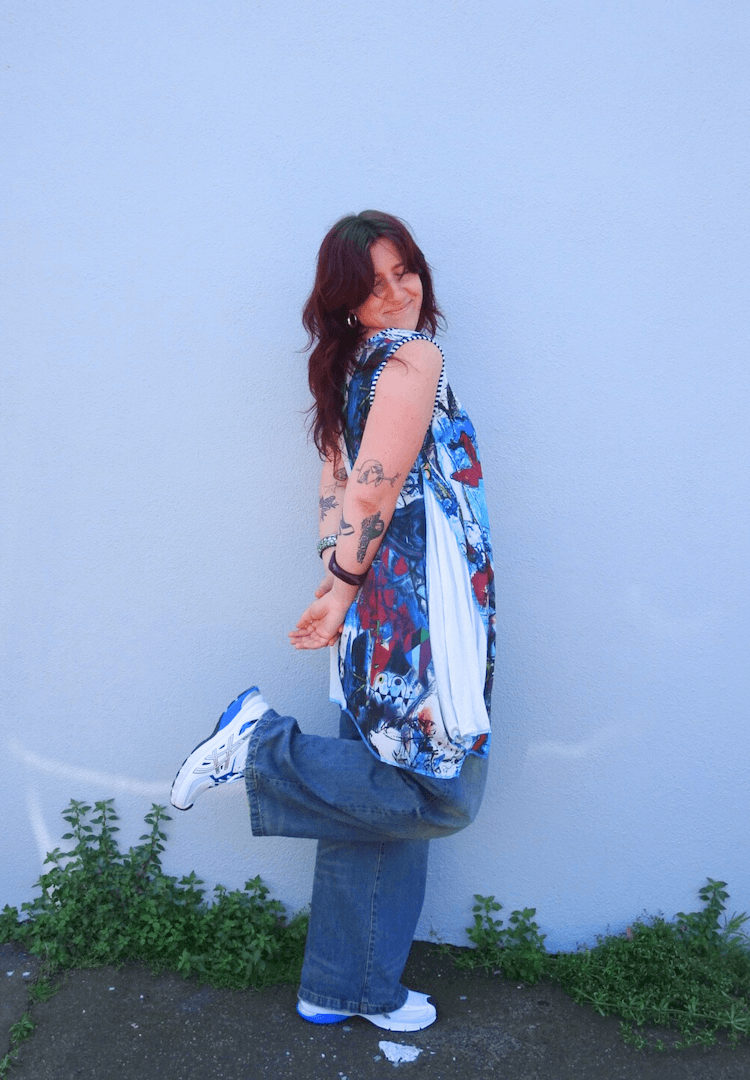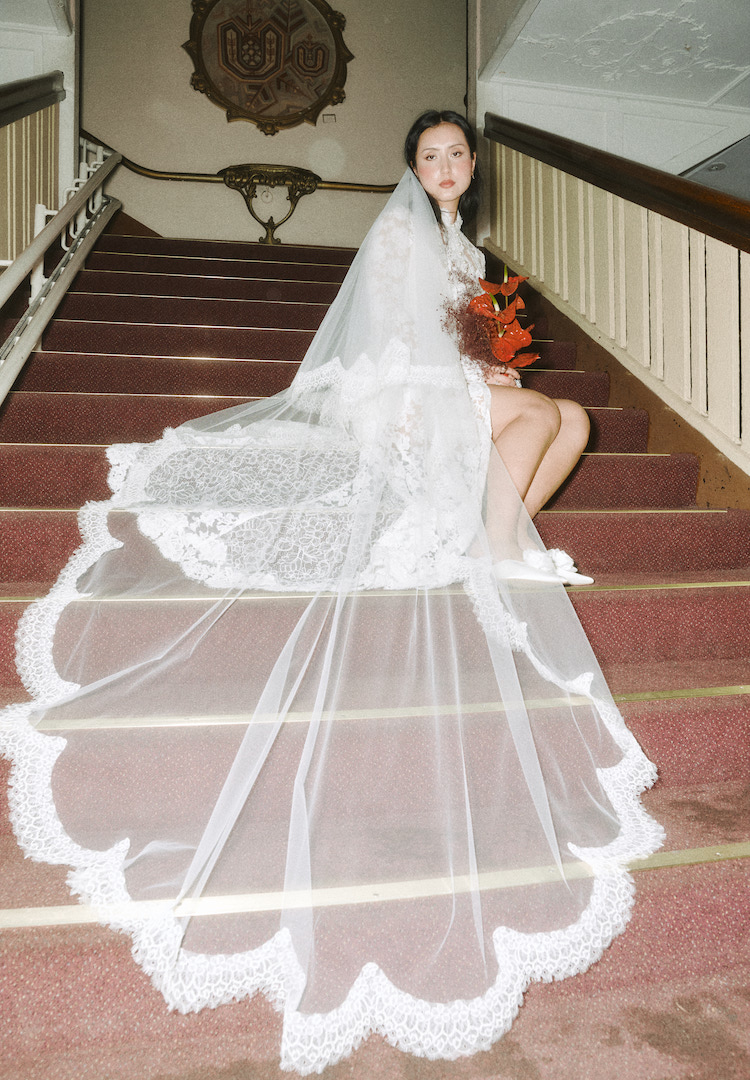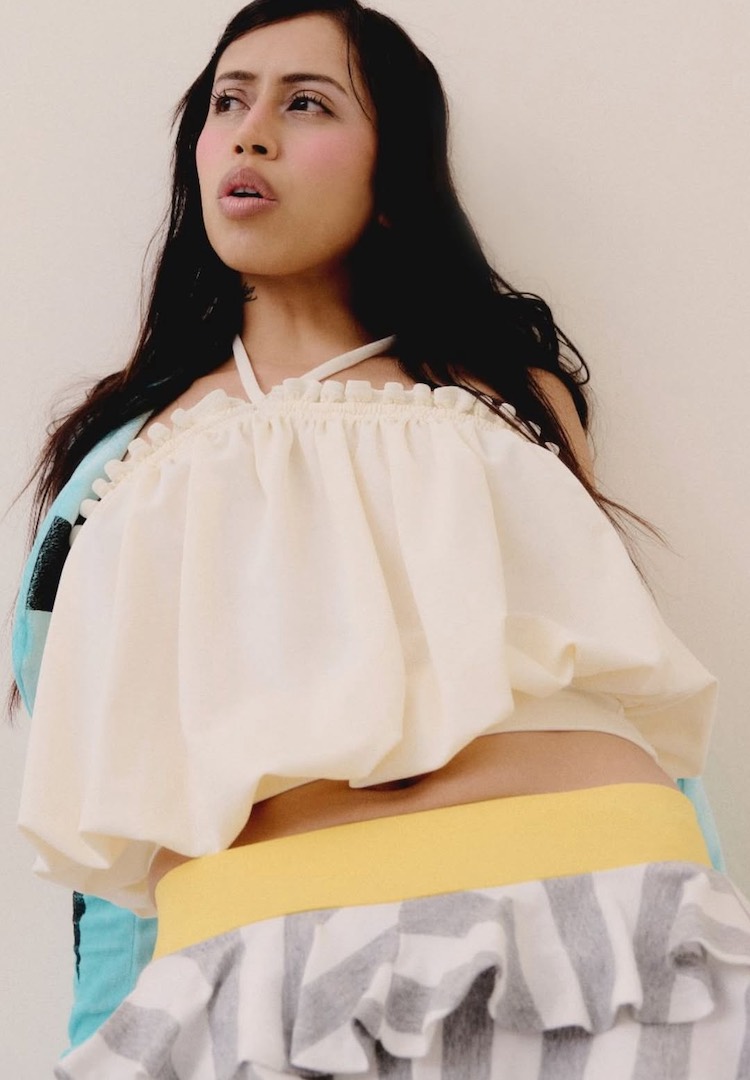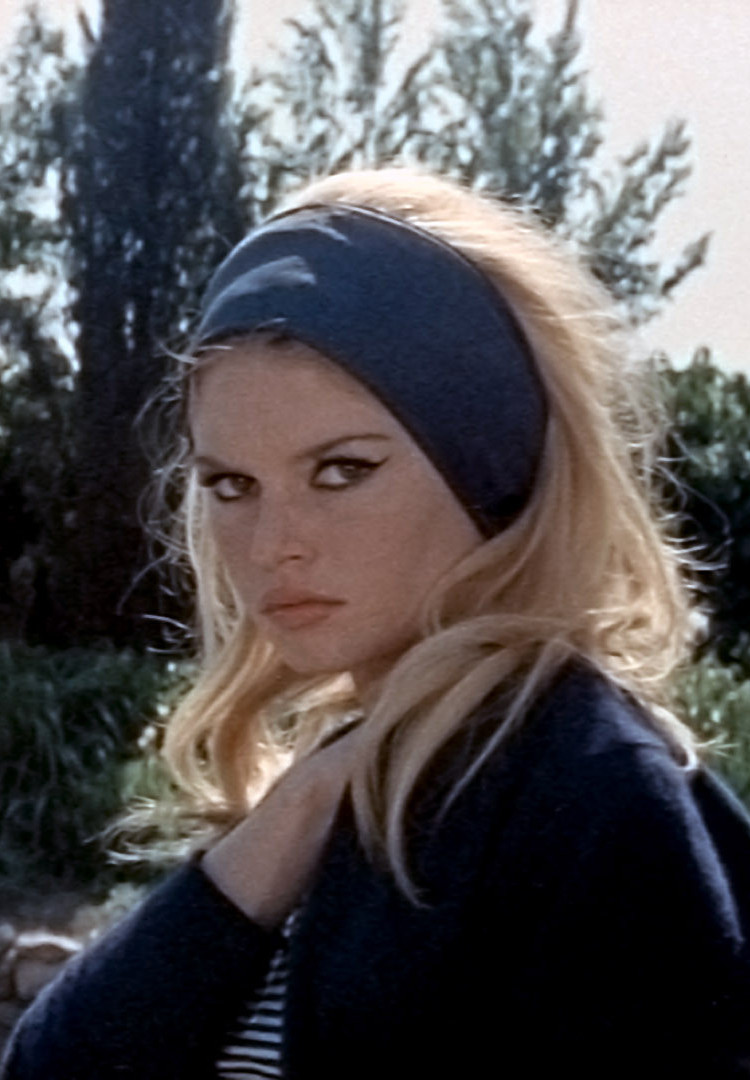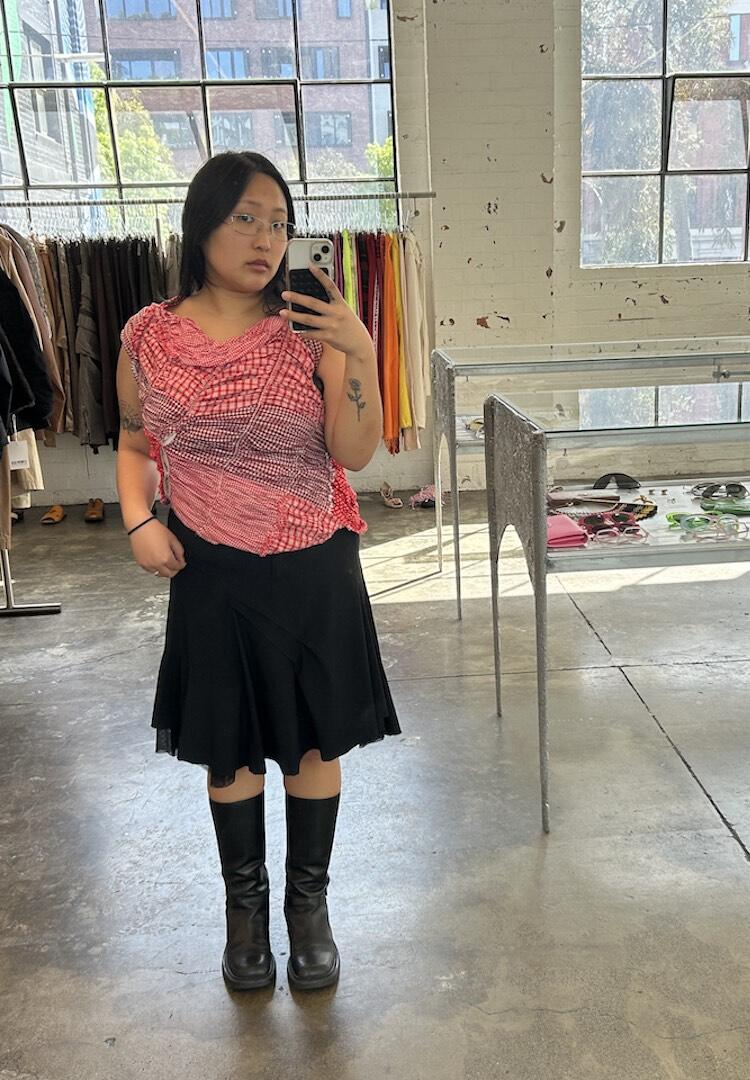Why do we keep justifying fashion in the face of environmental collapse?
PHOTOGRAPHY BY GEORGIA BLACKIE
WORDS BY MAGGIE ZHOU
The toxic relationship we can’t escape.
If you’re reading this, chances are you already know about the dangers of fast fashion. You might’ve perused sustainable labels, read the books, watched the documentaries, attended eye-opening events. You know about the Rana Plaza collapse that killed over 1,100 people.
You’ve heard about the disastrous effects of COVID-19 on the fashion industry and how Bangladeshi garment workers have been hit with approximately $4.7 billion worth of cancelled orders, leaving many jobless, if not penniless.
Despair, anger and hopelessness are now intrinsically intertwined with fashion. It begs the question; how can something so beautiful cause so much pain? Over the phone, I chatted to Australian sustainability advocate Clare Press about the inconsistencies of our shopping habits and why fashion is still one of the most polluting industries in the world despite our growing environmental conscience.
As a journalist of almost 20 years, Clare has worked for world-renowned magazines, written best-selling books and created podcasts. But her work in the ethical fashion space is undoubtedly her most notable. In 2018, she became the global ambassador for the Ellen MacArthur Foundation’s Make Fashion Circular Initiative.
She works with the Fashion Roundtable team in the UK, and sits on the advisory boards of Fashion Revolution’s Australian arm and Copenhagen Fashion Week’s Sustainability team. On top of her own podcast Wardrobe Crisis, she now produces and co-hosts the UN’s Ethical Fashion Podcast with UN officer, Simone Cipriani.
Above all, Clare simply calls herself a storyteller.
Despite the fact she can still confidently tell you about Dior’s 1947 collection, her commentary on fashion drastically changed after the 2013 Rana Plaza disaster. This wake-up call threw her into the world of politics, activism and social justice.
“Fashion is a tool for positive change, it’s one of the ways in which we can represent ourselves visually. To me, it’s very political. I see fashion as a mirror of the times,” Clare says.
Undoubtedly, there’s change in the air. The fashion industry isn’t the sanitised, Disney-esque version we once believed it to be. So why is fast fashion still so ubiquitous, and more significantly, why is it still thriving?
We’re guilty of cognitive dissonance
While there are conflicting statistics on whether fast fashion is on the rise or on the decline, Clare believes that cultural shifts are taking place. “People are moving towards buying cheaper clothes secondhand [and fast fashion is] on the way out, culturally.”
But these consumer shifts haven’t necessarily translated to production. “At the same time, we’ve seen global garment production ramp-up crazily, so now we’re producing something like 100 billion garments a year,” she admits.
In our current zeitgeist, being environmentally aware is cultural capital. With Gen Z climate activists like Greta Thunberg, Aretha Brown and, well, the whole of TikTok leading the way, being an active ally is a badge worn with honour by so many.
According to ReachOut, four out of five Australian students say they feel somewhat or very anxious about climate change. But this mentality doesn’t always feed into our actions.
There’s a name for this behaviour: cognitive dissonance. Environmental psychologist Robert Gifford describes it as “The mental discomfort created by holding more than one conflicting belief at once.” As humans, we achieve internal harmony by matching up our beliefs and behaviours, something that doesn’t appear to be happening often enough when it comes to fashion.
“You can’t prove what people do as opposed to what they say,” Clare confirms. “If you ask most people ‘How do you feel about fashion’s wasteful ways?’, they’d go, ‘Oh no, I don’t like that,’ but they could be acting completely differently when no one’s looking.”
We focus on sustainability but leave out social sustainability
Our public dialogue around sustainability often begins and ends with the environment, continually failing to address the human aspect of it. When supporting brands who engage in minimal, often performative acts of sustainability such as recyclable packaging or capsule collections made from ‘sustainable’ materials, consumers may fall into the trap of enjoying a false dose of feel-good chemicals without looking at the bigger picture.
Clare calls upon a video posted by Mostafiz Uddin, a Bangladeshi leader in the sustainable apparel industry, where he calls out how sustainability has neglected to address the workers behind the scenes.
“What is sustainability without social sustainability? What about the people who make your clothes?” Clare urges. “It’s all very easy to talk about how your environmental goals are advancing but real sustainability, in Mostafiz’s mind, is ensuring that the people making the clothes are looked after and treated with fairness.”
“It’s been easier for the industry to champion environmental goals than it has [been] for them to start really unpacking the lack of social sustainability and living wages.”
A living wage is defined as sufficient pay for a decent standard of living for a worker and their family, according to Oxfam. This includes money for food, housing, healthcare, clothing, transportation, water, energy, childcare, education and savings for unexpected events.
While it’s complicated for brands to implement a living wage across their entire supply chain, Deloitte estimates that passing this cost onto consumers would only increase the price of clothing sold in Australia by one per cent.
It’s also important that our sustainability conversation includes environmental intersectionality. “Fast fashion and climate change are intrinsically linked to White supremacy and colonisation… [it’s] entwined with a system of oppression off the backs of those with less and mostly people of colour,” says writer and fashion consultant Aja Barber.
And this statement rings true – the majority of garment workers are women of colour from third-world countries or migrant backgrounds.
Fashion can be separate to the industry it thrives in
“The things I’ve always loved about fashion I still love,” Clare confesses. “I love the creativity, I love designers, I love beautiful clothes… Those things can exist completely independently from the systems that often mean that making them [can] have terrible impacts on the environment and the people.”
While sympathetic to many of Extinction Rebellion’s aims, Clare doesn’t believe that fashion boycotts are the way forward.
“I want to be part of helping it change… I don’t want there to be no more fashion industry,” Clare expresses. “[Boycotting is] almost letting them off, like we’re turning our backs on [having] a dialogue with [brands]. It’s not good enough. I want to say, ‘I am talking to you and I’d like to hear how you’re going to do better.’”
It may seem peculiar talking about fashion as you would a close family member or dear friend. But for someone like Clare, who has dedicated the past seven years of her life to improving the fashion industry, it makes sense. After all, when you love someone, you want to see them be the best version of themselves.
“You don’t stop loving these artistic, creative possibilities of something like fashion, just because you know more about the negative impacts of its production. If anything, you just want to be more active so you can bring it back to what you did love in the first place. I feel like it’s not good enough to just give up, is it?”
Clare Press’ second podcast, Ethical Fashion, co-hosted with UN officer Simone Cipriani, is out now.

